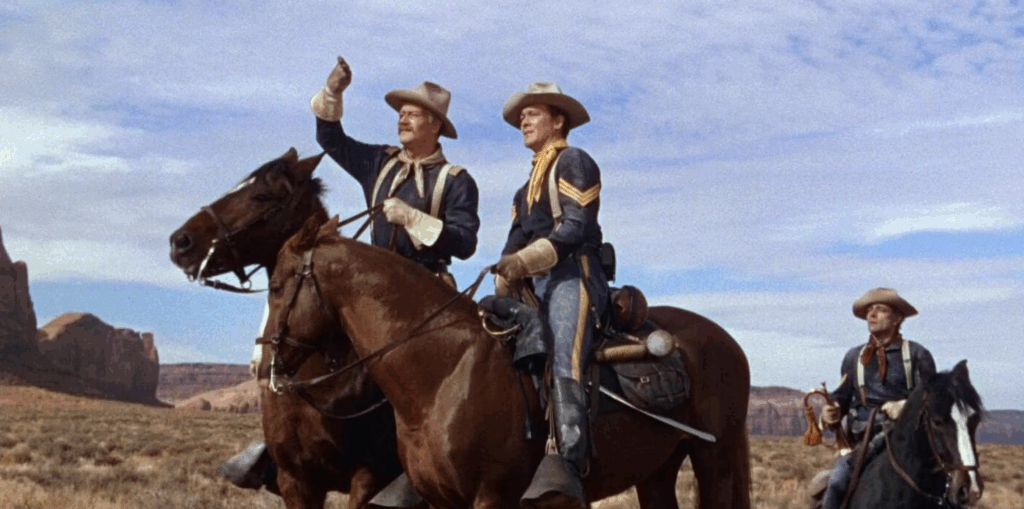She Wore a Yellow Ribbon (1949)
John Ford’s sentimental mythologising cannot be criticised for a lack of rousing sincerity in She Wore a Yellow Ribbon, commemorating the dutiful perseverance of one Old West cavalry troop seeking peaceful resolution to a historic conflict, and basking in the vibrant majesty of the rugged American wilderness.

